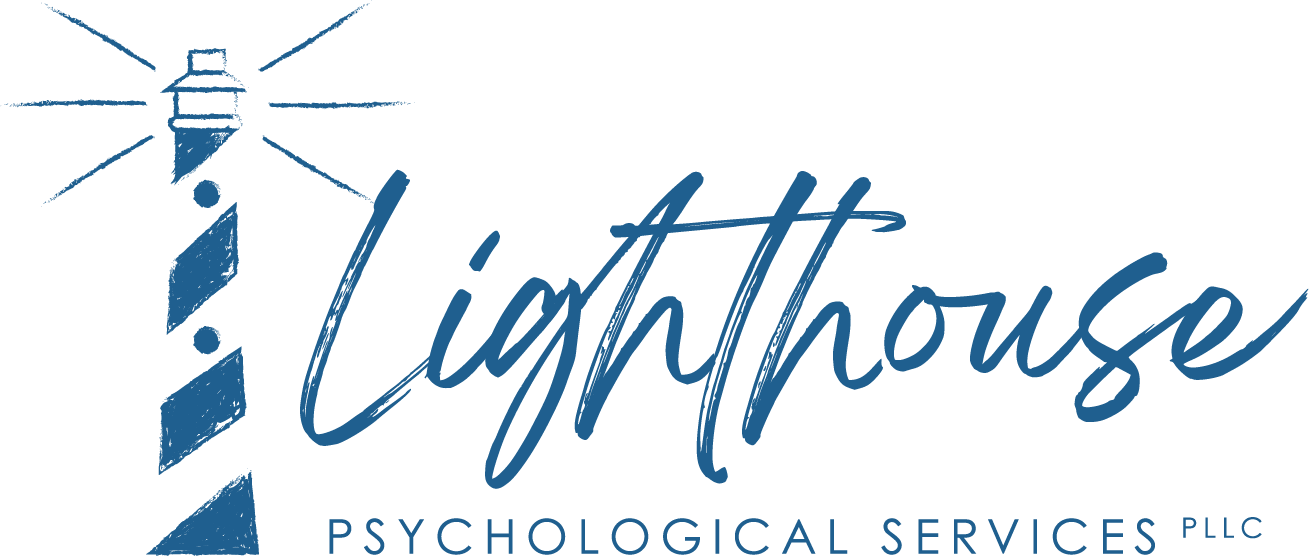Understanding Learning Disabilities
For information on ADHD, click here.
A Learning Disability is identified when a person has a significant difference between his/her thinking abilities, education level, and performance in school. A Learning Disability is not diagnosed when problems in school are most likely caused by lack of access to adequate education, medical problems, or general developmental delays. However, in some cases these may co-exist.
One way to think of it is like a mountain range with lots of peaks that represent strengths in thinking or academic abilities alongside one or two specific valleys that represent the areas of weakness. Often these valleys are surprising weaknesses in an academic area because an individual is talented, capable, and/or skilled in other ways; these weaknesses result in unexpected underachievement in school. Everyone has their own pattern of strengths and weakness, but the weaknesses are much more significant for those with Learning Disabilities.
There are many terms used to describe Learning Disabilities, but some of the most common include dyslexia, dysgraphia, or dyscalculia. Other terms include Specific Learning Disorder in reading, writing, or math.
Please see the videos here describing the different learning disabilities produced by The National Center for Learning Disabilities.
